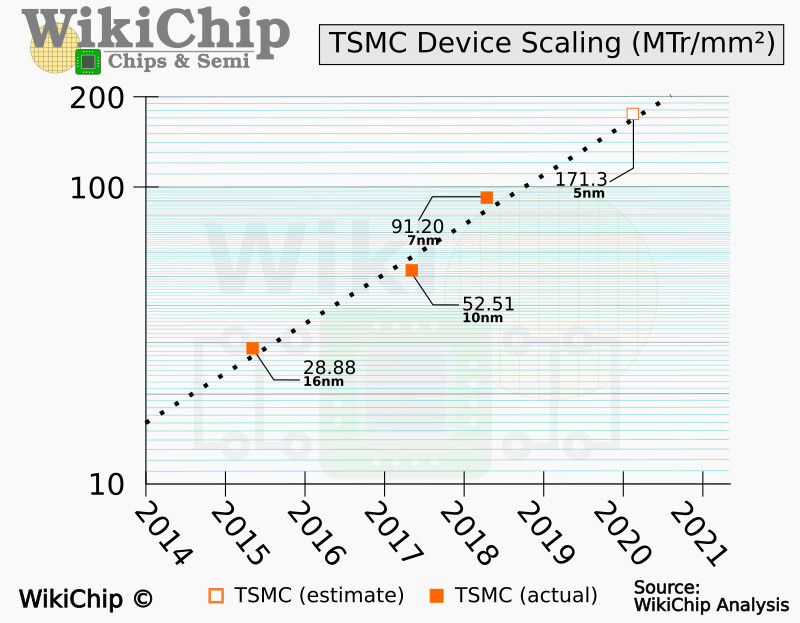

Putting that further into perspective, consider that most of the chips in use today use 22 nm or 14 nm technology. That’s roughly 10 times as many as are found on today’s chips. That breakthrough could result in being able to place more than 20 billion transistors on a fingernail-size chip. In July 2015, they unveiled the semiconductor industry’s first 7 nm (nanometer) test chips with functioning transistors. With that approach, Khare’s team, partnering with GLOBALFOUNDRIES and Samsung at SUNY Polytechnic Institute’s Colleges of Nanoscale Science and Engineering (SUNY Poly CNSE), accomplished that. At a physical level, we still want to make things smaller, but how we do that requires very different concepts and ideas at more fundamental and materials level… it used to be more geometry.” “Now it’s all about introducing new materials, new structures, new innovations,” Khare says. Signals can “bleed” more easily between them, for example. And their very scale and proximity can affect electrical properties. As they get smaller, they become much harder to imprint on the chips. So, what about those laws of physics? Well, in the march toward ever-smaller chips, simply shrinking the transistors is not a solution. “From a systems perspective, we continue to put more and more transistors on a chip so we can have more and more complex functions, integrate them to increase performance of our systems and reduce power.” And they’re critical for big computer systems as well. As electronic devices become smaller and more ubiquitous, “putting more transistors on a chip is the way we can continue to bring more value, more functionality, lower cost and lower power consumption,” he explains. He sees a promising future for adding lots more transistors, the minute engines of computation. Khare, who’s responsible for all semiconductor research at IBM, believes the challenges of physics can be overcome. Increasing the number of circuits on silicon chips, say critics, has reached its limits, and computing will stall at its current level until a substitute approach can be found. But in recent years the progression has been slowed, some say stopped, by the laws of physics. That phenomenon - which became known as Moore’s Law - meant faster, more powerful computers.

For decades, the number of tiny transistors studding integrated circuit chips has doubled every two years.


 0 kommentar(er)
0 kommentar(er)
